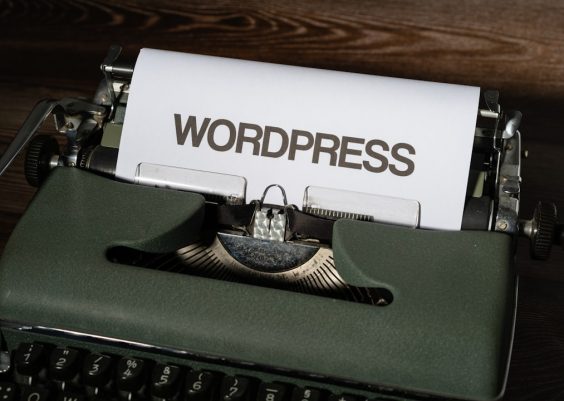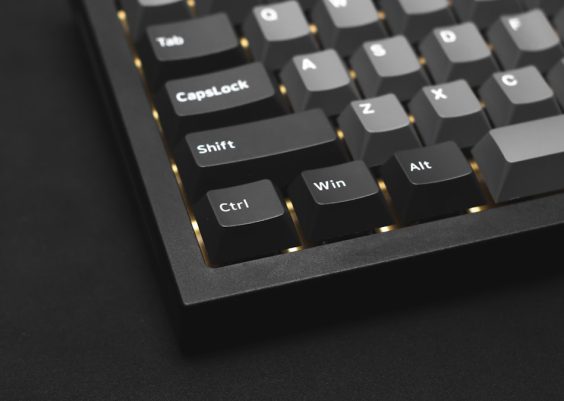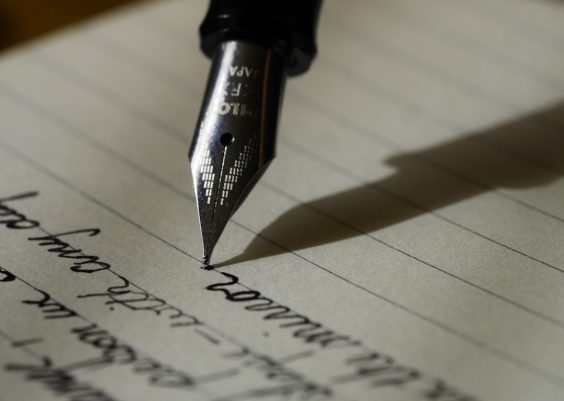Creating an audiobook at home has never been more accessible. With the rise of digital platforms and simple-to-use tools, authors, voiceover enthusiasts, and content creators can now produce professional-quality audiobooks without the need to visit a studio. The process requires some planning, the right equipment, and proper editing, but with the right approach, anyone can produce a compelling audiobook from the comfort of their home.
1. Plan Your Audiobook Production
Before diving into recording, it’s essential to prepare your script. If you’re the author, read through your manuscript and make note of any tricky pronunciations, dialogue sections, or emotional nuances. Practice reading the text aloud multiple times.
- Decide on the tone and pace that best suits the content.
- Break the book into sections or chapters for easier recording.
- Mark any cues for emphasis or character changes.
2. Choose the Right Recording Equipment
You don’t need professional studio gear, but good sound quality is crucial. Here’s a basic setup that will significantly improve your recordings:
- Microphone: A USB condenser microphone works well for home use. Models like the Blue Yeti or Audio-Technica ATR2100x are popular choices.
- Headphones: Closed-back headphones help you catch audio issues while recording and during editing.
- Pop filter and mic stand: These help reduce unwanted pops and ensure consistent audio quality.
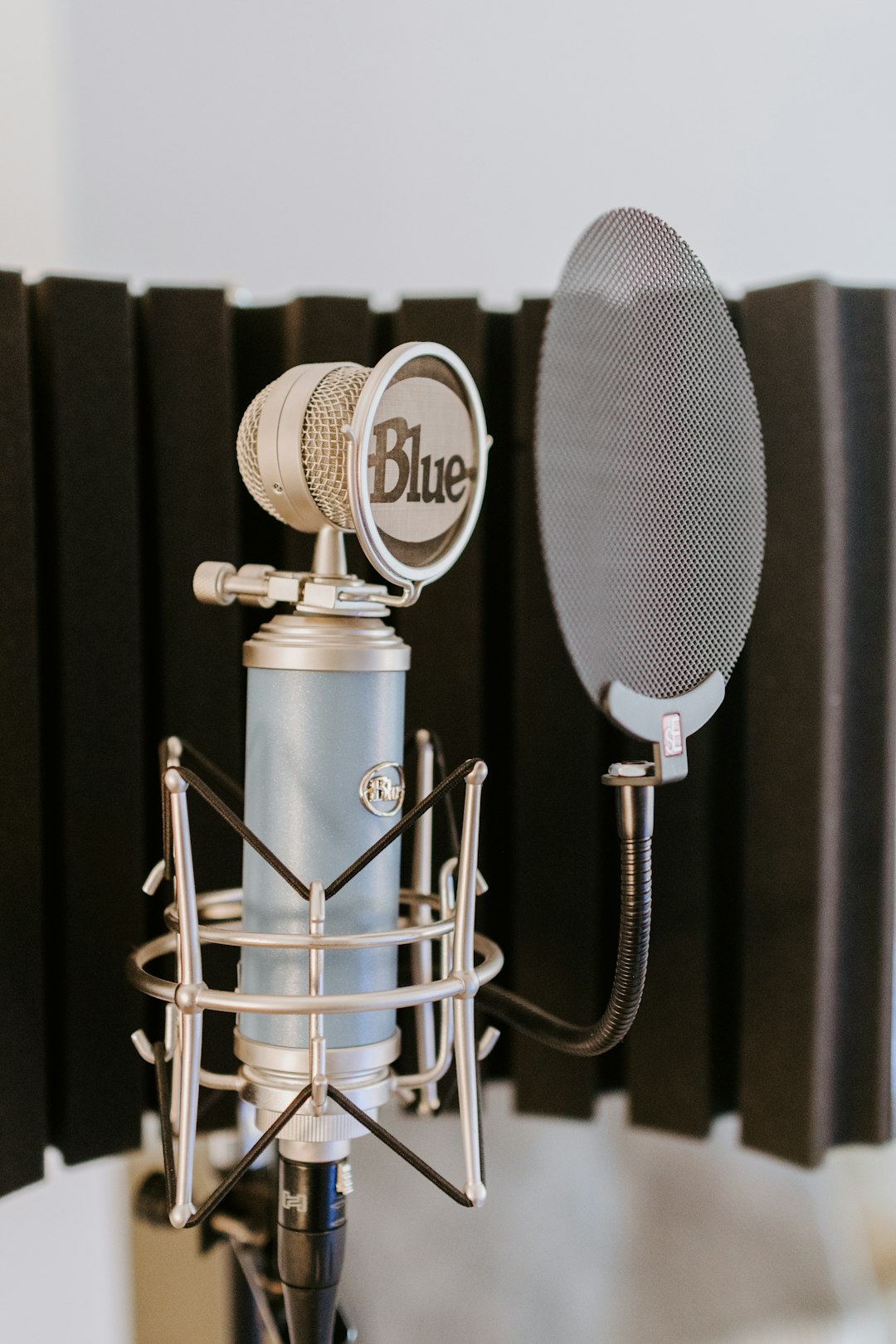
3. Set Up a Recording Environment
Recording in a quiet space is critical. Try to find a room with minimal ambient noise and good acoustics. Ideally, choose a space with:
- Carpeting and soft furnishings to reduce echo.
- Thick curtains or foam panels to dampen sound.
- Low external noise from traffic or appliances.
Some home narrators even use walk-in closets due to the natural sound-dampening qualities of clothes and enclosed spaces.
4. Record Your Audiobook
Use a digital audio workstation (DAW) like Audacity (free) or Adobe Audition for recording. These programs allow you to:
- Record and monitor your audio input
- Edit mistakes or background noise
- Export audio files in appropriate formats
Record chapter by chapter. Speak clearly, maintain consistent speed, and pause briefly between paragraphs and sections. Don’t be discouraged by mistakes—simply pause and re-read the sentence; you can edit it later.
5. Edit and Master the Audio
Once recorded, it’s time to polish the files. Editing involves removing breaths, clicks, or stutters, and ensuring smooth transitions. Mastering includes:
- Normalizing volume levels
- Applying EQ and compression
- Ensuring the final audio meets publishing standards (like those from ACX or Audible)
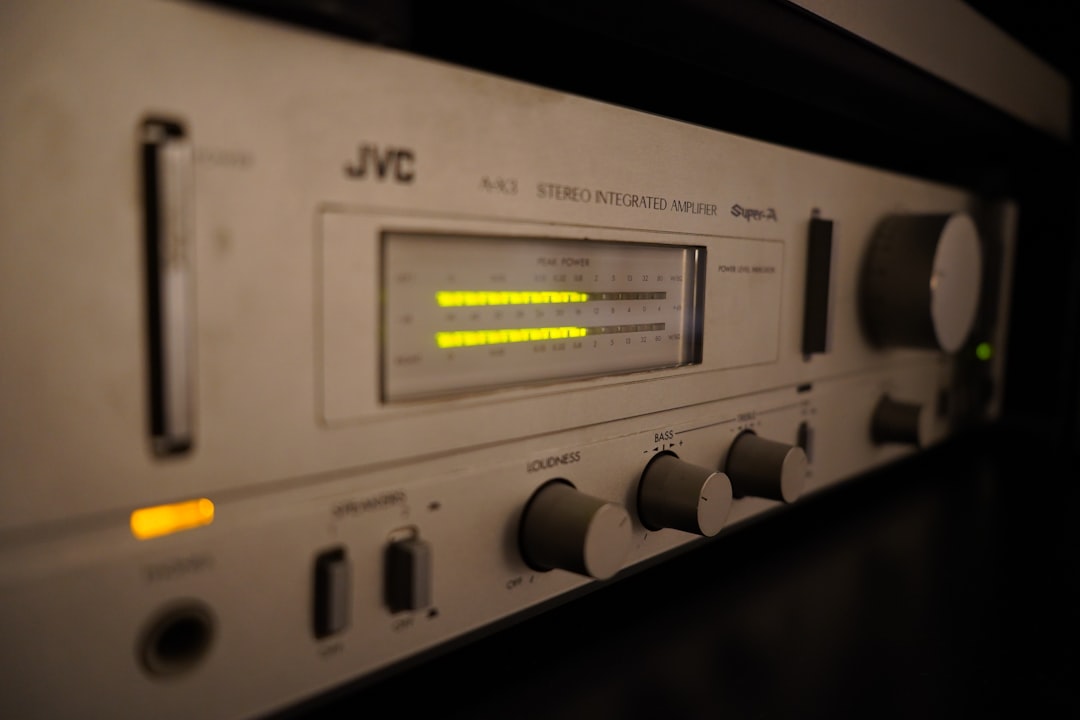
Use headphones to catch nuances, and listen to your recordings at different times to ensure clarity and consistency.
6. Export and Distribute
After editing, export your chapters as high-quality MP3 files (usually 192 kbps or higher). Organize them sequentially and label each file clearly.
You can publish your audiobook on platforms like:
- ACX (Amazon Audiobook Creation Exchange)
- Findaway Voices
- Kobo Writing Life
Each platform has its own technical and quality requirements, so be sure to review their submission guidelines before uploading.
Frequently Asked Questions (FAQ)
1. Do I need a professional studio to make a good audiobook?
No, a professional studio is not required. With a quiet room and affordable equipment, you can achieve excellent audio quality from home.
2. What file format should I export the audiobook in?
Most audiobook platforms require MP3 files, usually in 192 kbps bitrate, mono, and with specified peak and RMS audio levels.
3. Can I use background music or sound effects?
It’s typically best to avoid added music or effects unless explicitly required. Most audiobook platforms prefer clean, voice-only recordings.
4. How long does it take to create an audiobook?
It depends on the length of the book and your experience. A 10-hour audiobook might take 20–30 hours of total work, including recording and editing.
5. What’s the best software for beginners?
Audacity is a great free option ideal for beginners. It’s user-friendly and comes with essential tools for editing and mastering audio.
With planning, the right tools, and a bit of patience, anyone can create a professional-sounding audiobook at home. Whether it’s your own novel or a public domain classic, the voice behind the story makes all the difference.


